An introduction to the History of Coffee Flavor in Kogui Kogi Manor (Xuefeng Manor) in Colombia
Columbia Kogi Manor (Xuefeng Manor)
"Kogui" can also be used as "Kogi" or "Cogui", which means "Jaguar" in Kogi. The Kogi people originated from American Indian peoples and lived in Sierra Nevada, Santa Marta, in the Sierra Nevada Mountains of Colombia. Civilization can be traced back to pre-Columbian times. The Kogi live in harmony with the environment in which they live, and are good at slash-and-burn farming. Each family tends to grow different crops on farms at different elevations to meet their daily needs, as well as raising highland cattle.
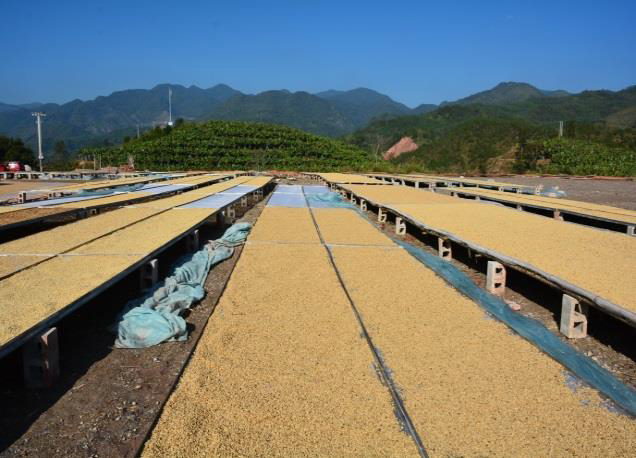
The Kogi claim to be descendants of Tyrona culture that flourished before the Spanish colonial rule. According to the historical records of the Federal Library of the United States, Tyrona culture was driven away by the Caribbean around 1000 AD and was forced to move to the highlands to settle down. As a result, the influence of Spanish colonial rule on Tyrona culture was minimized and more preserved. Like many ancient myths about the center of the world, the Kogi myth teaches their people to be "brothers of mankind" and a group of people living in the "heart of the world (Santa Marta in the Sierra Nevada)".
About Xuefeng Manor
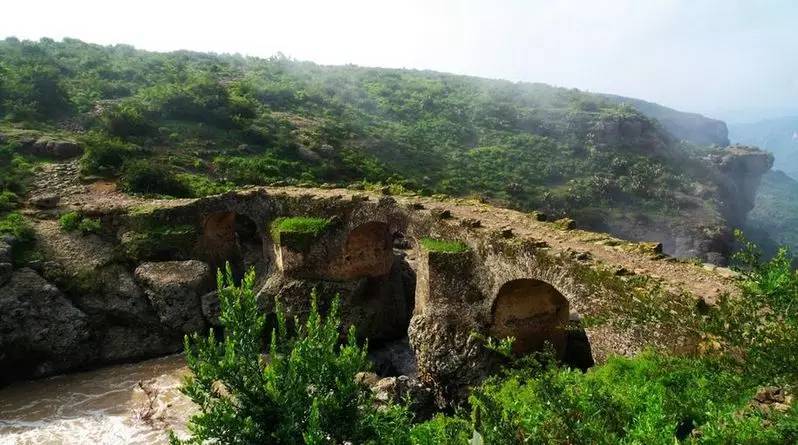
The Sierra Nevada in Colombia is the highest mountain in Colombia, and the Sierra Nevada is one of the branches of the Andes. The peak is covered with snow all the year round and is as high as 5770 meters above sea level. The boutique coffee beans produced in this mountain area are named after the mountains: Sierra Nevada. 60% of the coffee beans produced by Sierra Nevada Hill are purchased by FNC (Colombian Coffee Growers Federation, the Colombian Coffee production and Marketing Alliance), and as their popularity has grown in recent years, these local small farmers have begun to form cooperatives with each other. After traders or coffee and bean traders immediately came to negotiate coffee orders, they began to have the opportunity to mark themselves with "Sierra Nevada" or "Snow Cap" as a name other than the name of the small producing area. Take Kogui as an example, because it was planted by Indian aboriginal groups (that is, the Kogi), the traditional costume portraits of the Kogi were used as marks on the sacks. Therefore, this batch of Snow Caped coffee is marked "Kogui Snow Cap".
The Kogi are mainly distributed in the eastern and southern regions of the mountainous areas. in recent years, under the efforts of a [land restitution] program of the Colombian government, some Kogi have received land restitution and counseling and assistance to grow and deal with high-quality coffee. and substantial progress has been made! Kogui Snow Cap is planted in the high altitude area of 1300-1500 meters, and the tree species belong to Typica species. The planting mode is mainly trapezoidal planting at high altitude with beautiful scenery. Coupled with the sweet water quality of mountain springs, the coffee produced by mountain springs is also one of the masterpieces of boutique coffee that Colombia has tried to promote in recent years.
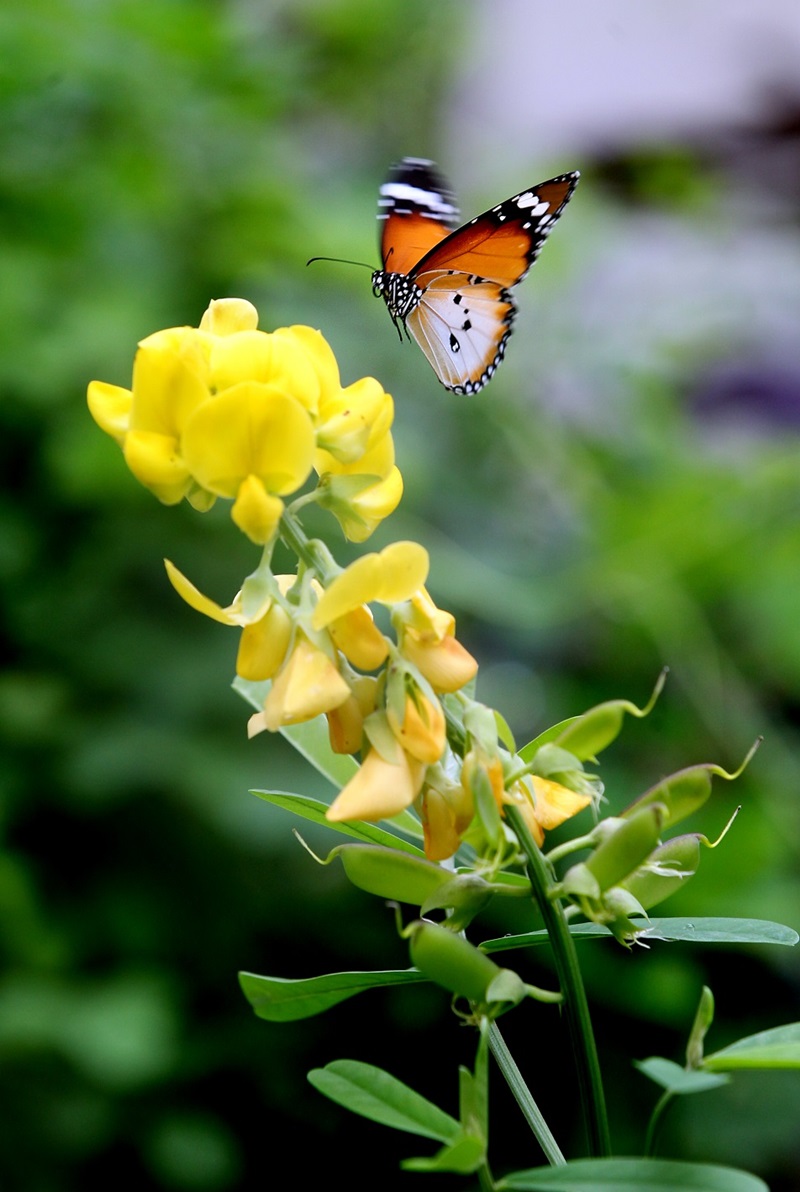
Several rivers generated by the snow-capped Santa Marta Snow Capped mountains flow to the area, and the coffee-producing area is located in the valley in the middle of the mountain range. At present, about 300 hectares of land is used to grow coffee. When the coffee fruit is harvested, farmers use the snow water melted from Xuefeng mountain to ferment and wash the coffee, and then use the whole day to dry it. When the farmers have collected the coffee, they send it to a processing plant called Simon Bolivar for final treatment. The processing plant is located in Santa Marta and is also an export port, and exporters take advantage of this port to transport coffee to coffee fans around the world.
Basic information
Tree species: Arabica Arabica Typica
Producing area: Sierra Nevada, Santa Marta, Sierra Nevada
Altitude: 1300-1500 m
Production season: November of each year to January of the following year
Output: 250 ~ 500 packets per month
Specification: Supremo 2ram 20 defective beans, 95% of which are SC18 size
Appearance: green flavor: citrus, tea, black plum, etc.
Important Notice :
前街咖啡 FrontStreet Coffee has moved to new addredd:
FrontStreet Coffee Address: 315,Donghua East Road,GuangZhou
Tel:020 38364473
- Prev
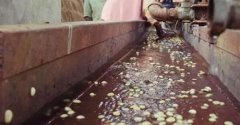
Introduction to the flavor and taste of washed Kadura coffee in Hailaila Garden, Antioquia, Colombia
For the exchange of professional baristas, please follow the coffee workshop (Wechat official account qianjiecoffee) Columbia Antioquia La Herrera Washed Hailera Manor, Antioquia, Colombia washed Antioquias Best Cup "Best Cup" species: Caturra Kaddura seed producing area: Columbia Antioquia Antioquia, Colombia.
- Next
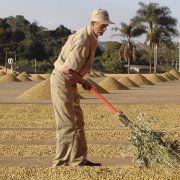
Kenya Xihanna Manor Origin and Naming Introduction Coffee Bean Flavor Description
Professional barista exchanges, please pay attention to coffee workshop (Weixin Official Accounts qianjieccoffee) Introduction Kenya is one of the cradles of human beings, and even human skull fossils about 2.5 million years ago have been unearthed in Kenya. From 1890 until independence in 1963, it was under British colonial rule for about 70 years. French and British missionaries and researchers in the early twentieth century
Related
- Does Rose Summer choose Blue, Green or Red? Detailed explanation of Rose Summer Coffee plots and Classification in Panamanian Jade Manor
- What is the difference between the origin, producing area, processing plant, cooperative and manor of coffee beans?
- How fine does the espresso powder fit? how to grind the espresso?
- Sca coffee roasting degree color card coffee roasting degree 8 roasting color values what do you mean?
- The practice of lattes: how to make lattes at home
- Introduction to Indonesian Fine Coffee beans-- Java Coffee producing area of Indonesian Arabica Coffee
- How much will the flavor of light and medium roasted rose summer be expressed? What baking level is rose summer suitable for?
- Introduction to the characteristics of washing, sun-drying or wet-planing coffee commonly used in Mantenin, Indonesia
- Price characteristics of Arabica Coffee Bean Starbucks introduction to Manning Coffee Bean Taste producing area Variety Manor
- What is the authentic Yega flavor? What are the flavor characteristics of the really excellent Yejasuffi coffee beans?

